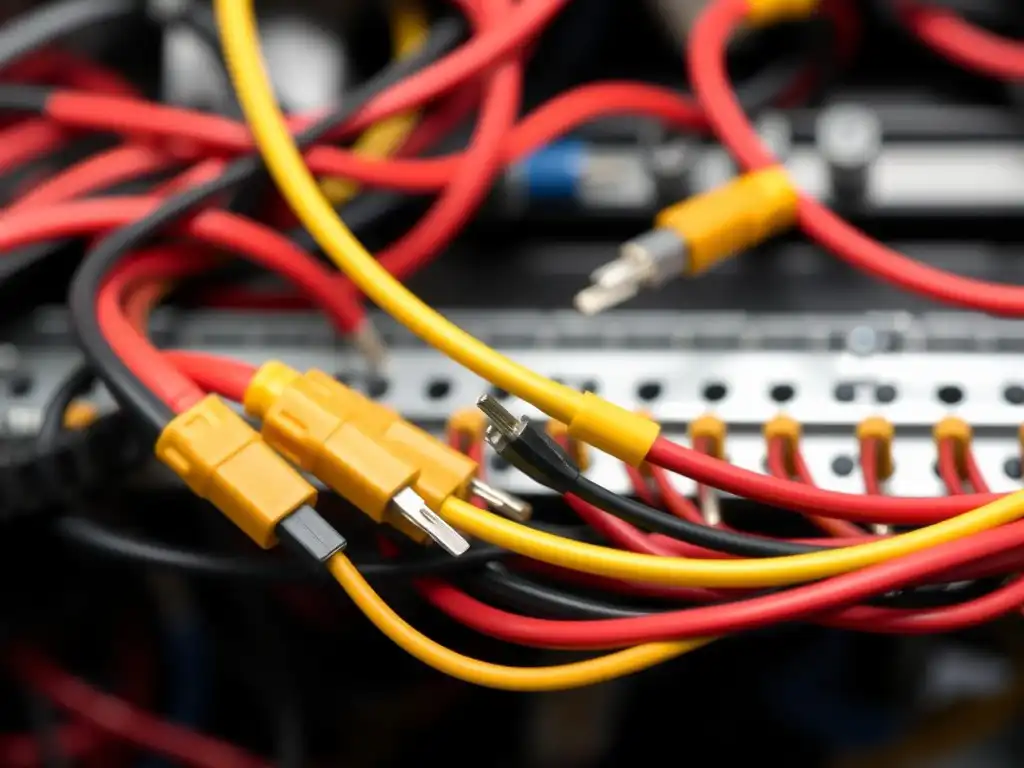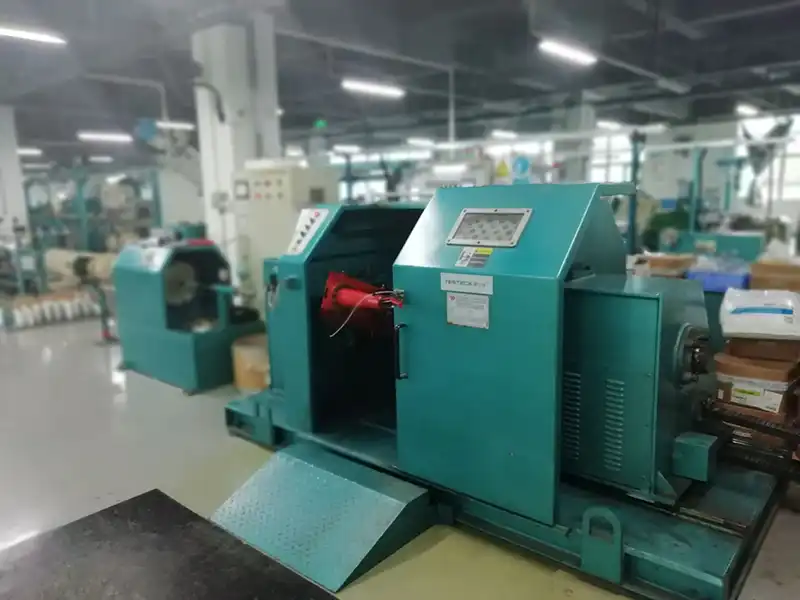Automotive wiring harnesses are the central nervous system of modern vehicles. They connect various electrical and electronic components, ensuring seamless communication and functionality. Given their critical role, automotive wiring harness specifications are very strict and detailed. As a professional automotive wiring harness manufacturer, we design and produce wiring harnesses that meet these stringent standards, ensuring safety, reliability and performance. This article takes a deep dive into the key specifications of automotive wiring harnesses and highlights our expertise in this field.
- Material and construction specifications
1.1 Conductor
The main function of a wiring harness is to effectively transmit electrical signals. Typically, copper is the material of choice for conductors because of its excellent conductivity, flexibility and durability. In some cases, aluminum or tinned copper may be used to reduce weight and improve corrosion resistance.
1.2 Insulation
Insulation materials are essential to prevent short circuits and leakage. Common insulation materials include PVC(polyvinyl chloride), XLPE(cross-linked polyethene)and Teflon. These materials each have unique properties, such as heat resistance, flexibility and chemical resistance, and can be tailored to specific automotive needs.
1.3 Shielding
Shielding is critical to protecting the harness from electromagnetic interference(EMI)and radio frequency interference(RFI). Options include braided shielding, metal foil, or a combination of both. The choice depends on the level of protection required and the specific application environment.

2. Design and assembly specifications
2.1 Layout and Routing
The layout and routing of the harness must accommodate the design of the vehicle, ensure efficient space utilization, and avoid potential damage points. This involves careful planning and the use of CAD(computer-aided design)technology to create precise and optimized designs.
2.2 Connectors and terminals
High-quality connectors and terminals are essential for safe and reliable connections. They must meet automotive standards such as ISO, SAE, and OEM(original equipment manufacturer)specifications. Connectors should be resistant to vibration, temperature changes, and environmental factors. Ensuring proper crimping and soldering techniques during assembly is also critical to maintaining electrical integrity and mechanical stability.
2.3 Protective sleeves and wraps
Automotive wiring harnesses must be protected from physical damage, abrasion, and exposure to harsh environments. Common protective measures include the use of corrugated tubing, braided sleeves, and tape wraps. These materials must have high resistance to heat, chemicals, and mechanical abrasion.
3. Performance and Testing Specifications
3.1 Electrical Testing
Electrical testing ensures that the harness meets the required performance standards. Tests include continuity testing, insulation resistance testing, and high-voltage insulation testing. These tests verify the presence of shorts or open and whether the insulation can withstand the applied operating voltage.
3.2 Environmental Testing
Automotive wiring harnesses must withstand a variety of environmental conditions. Environmental testing includes thermal cycling, humidity exposure, water immersion, and chemical exposure testing. These tests ensure that the harness can operate reliably under extreme conditions without performance degradation.
3.3 Mechanical Testing
Mechanical testing involves evaluating the durability and strength of the harness under physical stress. Common tests include vibration testing, bend testing, tensile strength testing, and abrasion resistance testing. These tests ensure that the harness can withstand the rigours of the automotive environment without failure.
4. Safety and Compliance Specifications
4.1 Industry Standards and Certifications
Automotive wire harnesses must meet strict industry standards and certifications, such as ISO 9001, IATF 16949, IPCWHMA-A-620, and OEM specifications. These standards ensure that wire harnesses meet or exceed the quality, safety, and performance requirements of the automotive industry.
4.2 Traceability and Documentation
Ensuring traceability and maintaining comprehensive documentation is essential for quality control and compliance. This includes detailed records of materials, processes, and testing, enabling full traceability and traceability throughout the manufacturing process.

5. Conclusion
The specifications for automotive wire harnesses are comprehensive and demanding, reflecting their important role in modern vehicles. From selecting high-quality materials and designing precise layouts to conducting rigorous testing and ensuring compliance with industry standards, each step is critical to providing reliable and high-performance wire harnesses.
As a professional automotive wire harness manufacturer, TESTECK embodies superior quality in every aspect of wire harness production. Our commitment to precision, quality, and innovation ensures that our wire harnesses meet the highest standards and provide outstanding performance in the automotive industry. By choosing our products, automakers can be confident that their vehicles will benefit from superior reliability, safety and efficiency.
TESTECK-Your partner for high-quality automotive wiring harness solutions.



